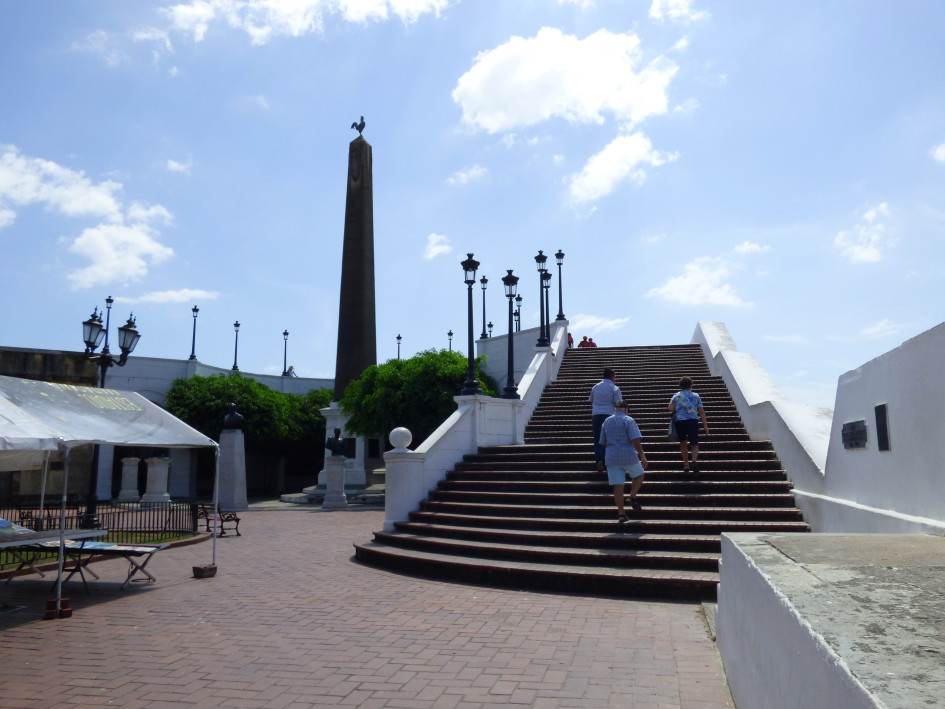10. Plaza de Francia
- Originally the main square of the city known as Plaza de Armas
- Housed a fort until the beginning of the 20th century
- Obelisk topped by a rooster, symbol of the French nation
- 12 marble plaques outline history of the Panama Canal
- Tablets and statues are dedicated to the memory of the 22,000 workers who died trying to create the canal, mostly yellow fever and malaria
- The middle of the square was a collection place for water supplies for the army and their animals that were stationed there in barracks at the time
- Among the busts is a monument to the Cuban doctor Carlos J Finlay, whose discovery of how mosquitoes transmit yellow fever led to the eradication of the disease
- There is a bust of Ferdinand de Lesseps, the French diplomat who first conceived of the canal yet whose ignorance and vanity were central to the project’s ultimate failure
A plaque on the seawall commemorates the execution by firing squad of Victoriano Lorenzo in 1903 – an indigenous leader who rose up against the central government of Colombia during the war of 1000 days when Panama was not independent
